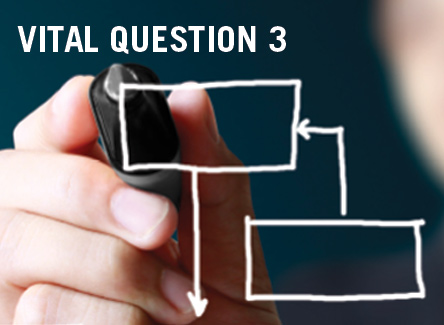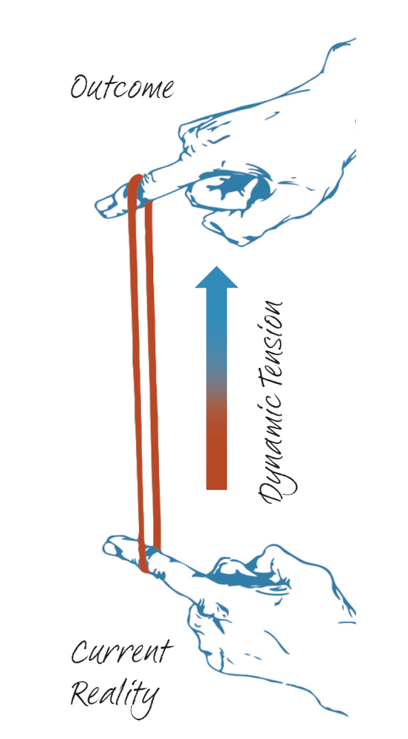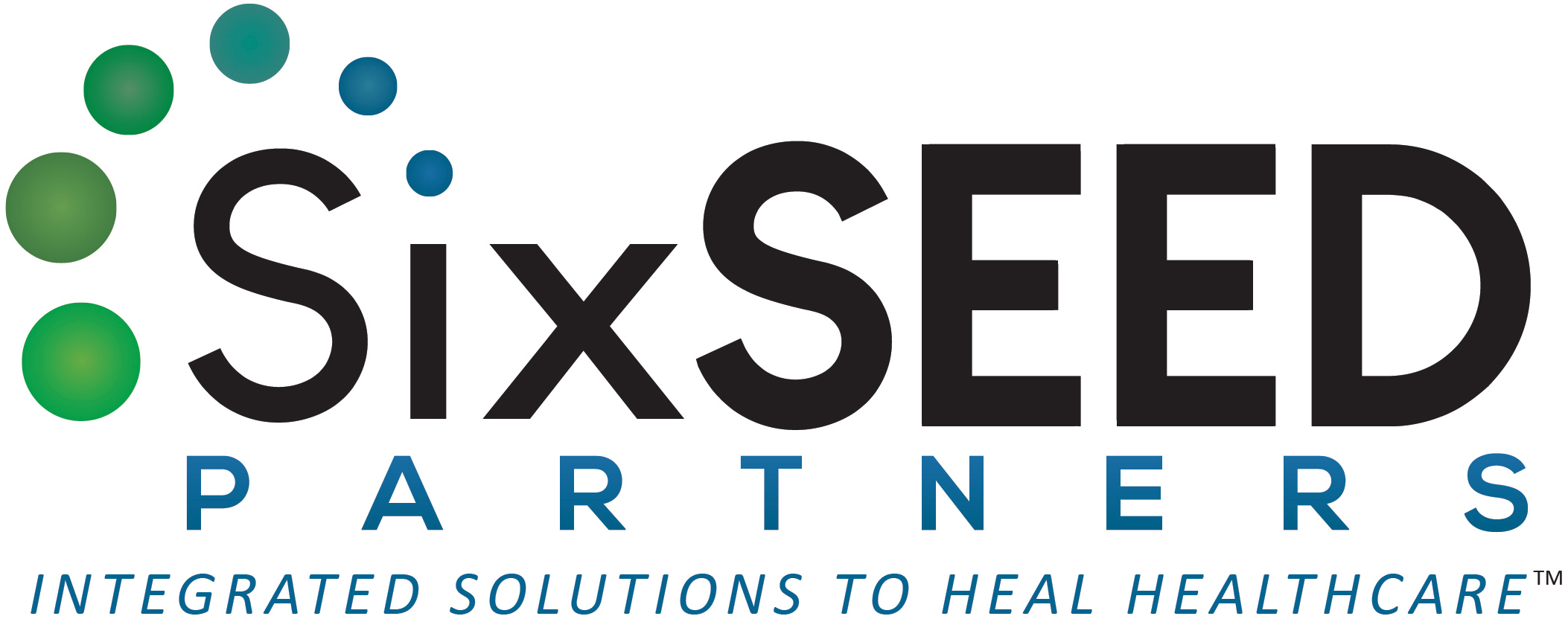
“How does our executive team become more proactive and less reactive? We are so busy putting out fires, but we’re not really moving forward on what the organization needs from us.”
If you have been asking yourself the same question, you are in good company. This year is a prime example that the one constant in life is change – which brings with it unknowns and an increasing pace of so many variables in the day-to-day and the big picture.
The Challenge
For the client who asked the question above, her clinical organization had acquired several other practices as a strategic move to keep each practice viable in this current economic climate. As a result, there were some key leadership changes, along with a need to establish a new organizational culture and vision. Instead of proactively working on those elements, the executive team was instead spending many hours reacting to perpetual fire drills, like EMR integration and compliance issues.
The Diagnosis
In an earlier blog, we introduced the concept of an Outcome Orientation. Just like a compass, this mindset puts our focus towards the results we want to achieve, instead of the alternate mindset of getting rid of the problem(s). One way to “diagnose” which orientation we are operating from, is by asking the 3rd Vital Question from David Emerald’s 3 Vital Questions™ (3VQ) framework: “What Actions are You Taking?”
If the answer involves merely reacting to the problems of the moment, without any intentional actions focused on continuous improvement or forward progress toward the prioritized outcome, your diagnosis is clear: you are operating from the Problem Orientation. And just like the example, when we are operating from this orientation, we can feel stuck, frustrated, and burnt-out. We are also more likely to be experiencing and contributing to workplace drama from this orientation.
The Tension
Once you have your diagnosis, you can proactively choose to take a different set of actions.

How? By harnessing the inherent energy that is in the gap between the Outcome you want to achieve and the Current Reality that exists. This inherent energy, called Dynamic Tension follows the fundamentals of physics: to create movement between two points, tension is required. The pivotal key is developing the skill to “hold the tension” in a way that the rubber band doesn’t snap (too big a gap/tension) or fall off (too small a gap/tension) when the default reactive patterns show up again. In our experience, when clients become aware of the need and positive attributes for this kind of tension, this understanding can liberate them to work on becoming proactive.
The Shift to Proactive Actions
Once you’ve defined the Outcome you want and assessed your Current Reality, you have started working on the 5-step Action Planning Process to create proactive actions! Similar to climbing a ladder – one does not reach the top by starting at the first rung and jumping to the top rung. By using this foundational structure, however, you are able to identify baby steps – one rung at a time – resulting in incremental, deliberate, and long-term actions.
As we have been applying the planning process with the executive team from our client example, we can already see a lift in their individual energy, more cohesion as a team, and a change in their approaches for their expanded organizational culture. This is another great example of why we integrate the 3 Vital Questions™ framework within our SixSEED Partners solutions for all of our 6 service “seeds”!

Leave a Reply